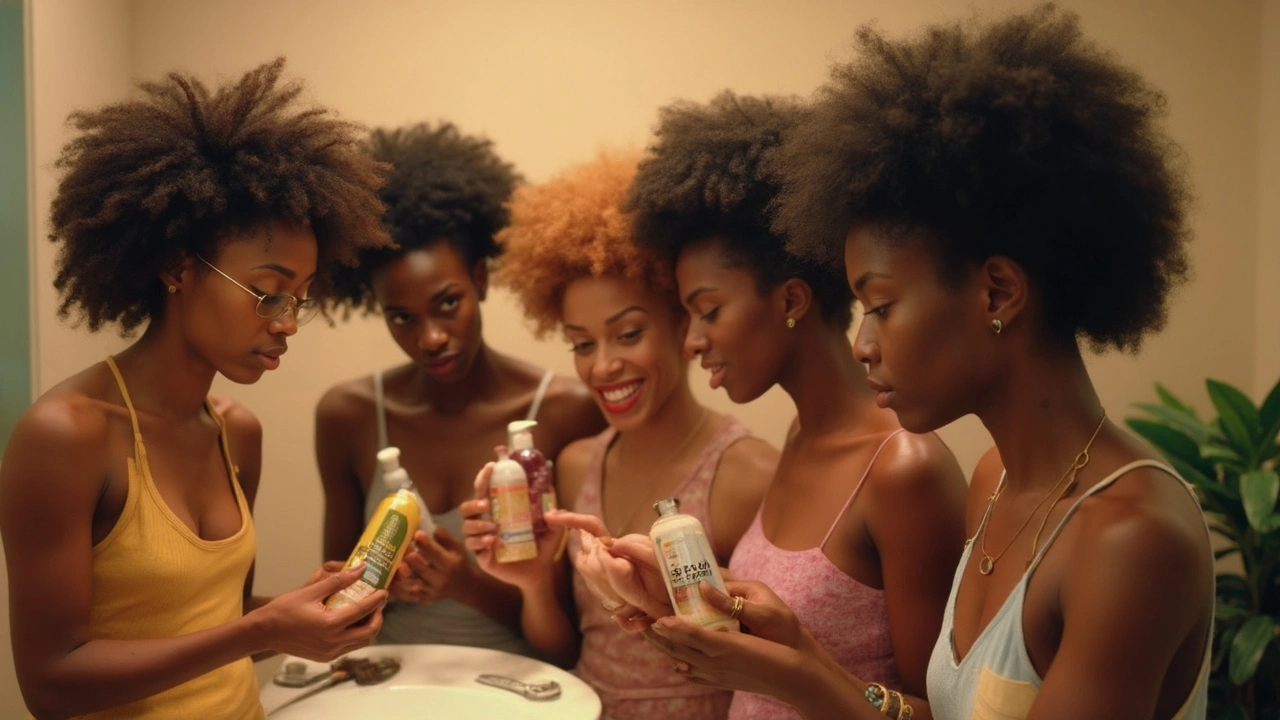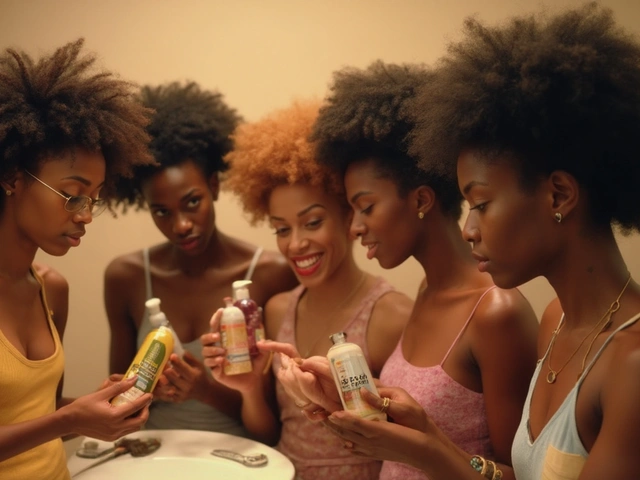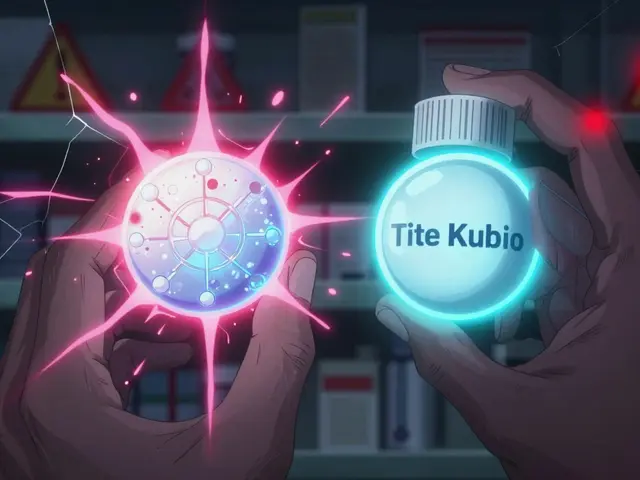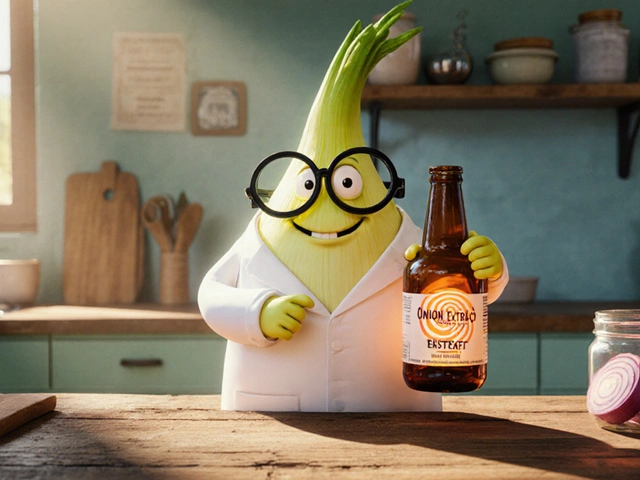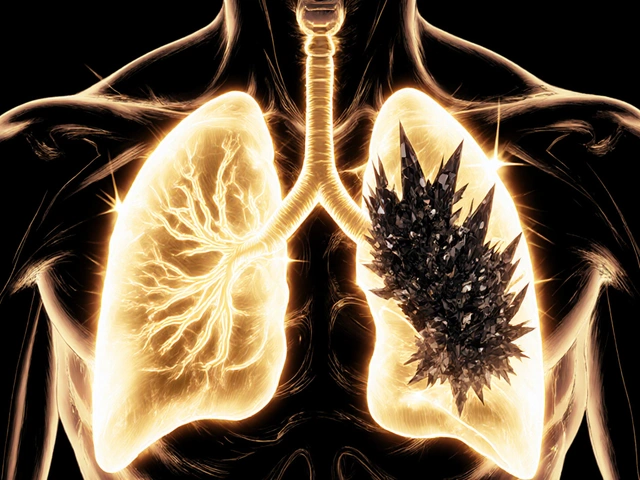Minoxidil: What It Is and How It Helps Your Hair
If you’ve been Googling ways to stop thinning hair, you’ve probably seen the name minoxidil pop up a lot. It’s the only over‑the‑counter drug that the FDA actually approved for both men and women with pattern baldness. In simple terms, minoxidil is a topical solution that you rub onto the scalp, and it can spark new growth in the spots where hair is receding.
How does it work? The exact science is still a bit mysterious, but most experts think minoxidil widens the blood vessels in your scalp. More blood flow means more oxygen and nutrients reaching the hair follicles, which can push them back into the growth phase. The result? Slightly thicker strands and, for many users, a modest increase in hair density after a few months of consistent use.
Using Minoxidil the Right Way
Before you splash any product on your head, read the label and follow the dosing instructions. The typical adult dose is 1 ml applied twice a day to dry scalp. Use the dropper that comes with the bottle – it helps you measure accurately and prevents waste. Apply the solution only to the areas where you want new growth; applying it to other parts of the scalp won’t give any extra benefit and could cause unwanted hair in places like your forehead.
Patience is key. Most people start seeing a difference after 8‑12 weeks, but the full effect can take up to six months. If you stop using minoxidil, any new hair you’ve gained will usually fall out within a couple of months, so think of it as a long‑term commitment.
Safety, Side Effects, and Who Should Avoid It
Minoxidil is generally safe, but a few side effects are common. You might notice mild scalp irritation, itching, or a dry feeling where you applied it. In rare cases, some users report dizziness or a rapid heartbeat – these are signs to stop using the product and talk to a doctor right away.
Women who are pregnant or breastfeeding should avoid minoxidil unless a health professional says it’s okay. Also, if you have a history of heart disease or high blood pressure, check with your physician first because the drug can affect blood vessels beyond just the scalp.
One practical tip: avoid using a hair dryer or heated styling tools right after you’ve applied minoxidil. Heat can change the product’s chemistry and reduce its effectiveness.
Where to Buy Minoxidil Safely
Buying minoxidil online is convenient, but not all sellers are trustworthy. Look for reputable pharmacies that require a prescription for the 5 % strength (the stronger formula is prescription‑only in many countries). Check reviews, verify the site’s SSL certificate, and make sure the product lists the active ingredient clearly.
Many users stick with well‑known brands like Rogaine because they’re widely available and have consistent quality. If you find a cheaper generic, read the label carefully – it should list the same concentration (2 % or 5 %) and have the same inactive ingredients. A good rule of thumb: if the price looks too good to be true, it probably is.
Finally, keep a copy of your purchase receipt and the product’s batch number. If you ever need to return it or report an issue, that information will speed up the process.
Bottom line: minoxidil can be a solid part of a hair‑loss plan when you use it correctly, stay patient, and buy from reliable sources. Have questions or want to share your experience? Drop a comment below – we’re all in this hair‑growth journey together.

